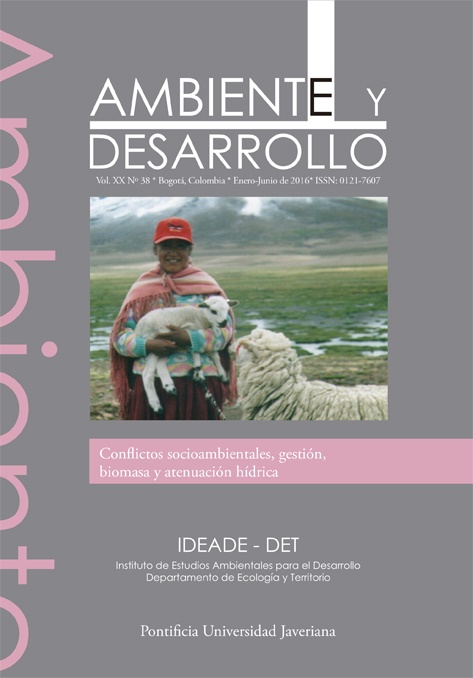Resumen
La contaminación ambiental sonora representa un problema del medio que
paulatinamente deteriora la calidad de vida de las personas. Se le atribuye a la
actividad humana en los procesos de industrialización modernos, urbanización y
desarrollo, los cuales han causado un desequilibrio naturaleza-sociedad. Un ejemplo
de contaminación ambiental ocurre en la vía de Samborondón (Ecuador), es por
ello que se procedió a tomar los niveles de ruido en cuatro puntos estratégicos
de dicha vía, dentro de horas referenciales del horario diurno y nocturno. Como
resultado se obtuvo que el nivel sonoro equivalente más alto en el horario diurno fue de 73,5 dBA, del Centro Integrado de Seguridad, y en el horario nocturno el C.C.
Plaza Lagos con 74,9 dBA. De igual forma, se constató que ninguno de los lugares
muestreados cumple con la normativa vigente.
Ambiente y Desarrollo se encuentra registrada bajo la licencia Creative Commons Reconocimiento 4.0 Internacional. Por lo tanto, esta obra se puede reproducir, distribuir y comunicar públicamente en formato digital, siempre que se reconozca el nombre de los autores y a la Pontificia Universidad Javeriana. Se permite citar, adaptar, transformar, autoarchivar, republicar y crear a partir del material, para cualquier finalidad (incluso comercial), siempre que se reconozca adecuadamente la autoría, se proporcione un enlace a la obra original y se indique si se han realizado cambios. La Pontificia Universidad Javeriana no retiene los derechos sobre las obras publicadas y los contenidos son responsabilidad exclusiva de los autores, quienes conservan sus derechos morales, intelectuales, de privacidad y publicidad.
El aval sobre la intervención de la obra (revisión, corrección de estilo, traducción, diagramación) y su posterior divulgación se otorga mediante una licencia de uso y no a través de una cesión de derechos, lo que representa que la revista y la Pontificia Universidad Javeriana se eximen de cualquier responsabilidad que se pueda derivar de una mala práctica ética por parte de los autores. En consecuencia de la protección brindada por la licencia de uso, la revista no se encuentra en la obligación de publicar retractaciones o modificar la información ya publicada, a no ser que la errata surja del proceso de gestión editorial. La publicación de contenidos en esta revista no representa regalías para los contribuyentes.


